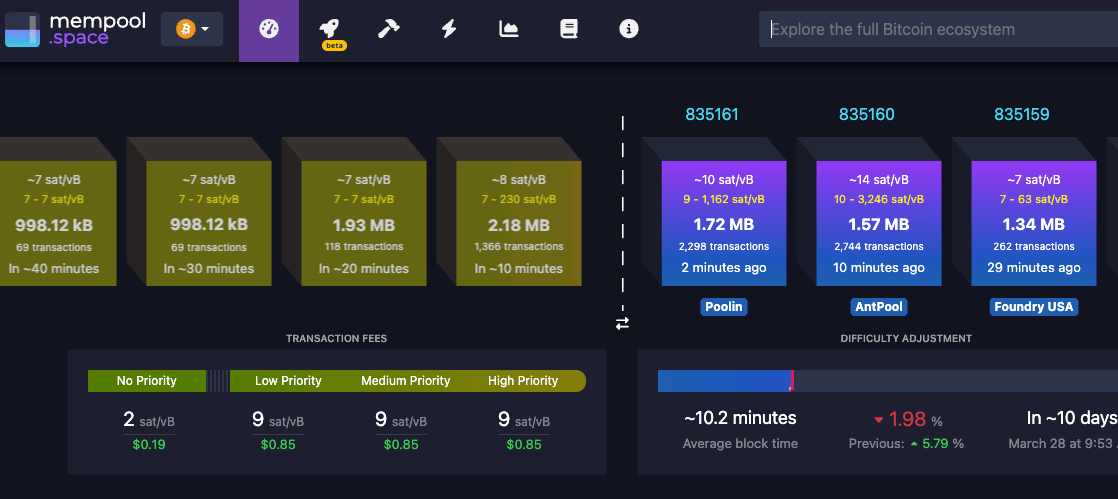
Welcome back to A Machine! In this edition, we delve into cryptocurrency mining markets. We also unpack the role of mempools in managing transactions across the network and explore how transaction fees influence the blockchain queue. With a special focus on mempool.space, we'll guide you through tracking Bitcoin transactions and optimizing your interactions with the blockchain. Check this article out if you are interested in cryptocurrencies, especially during the current Bitcoin rally!
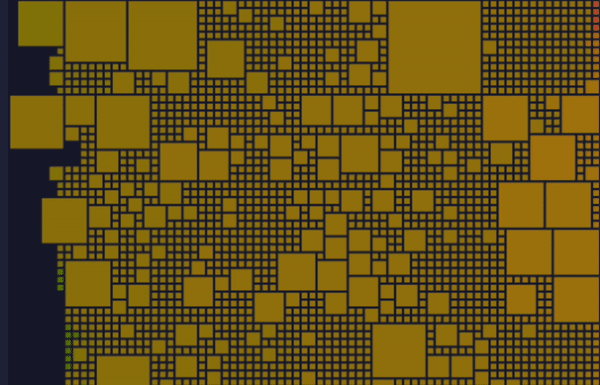
Gif of projected bitcoin transactions to be confirmed on the blockchain
Skip Ahead
Catch up on the latest A.I. & Biz Tech news, announcements, and amusement with A Machine. This week’s email will teach you about Crypto mining, Mempools, and how to track Bitcoin transactions!
NEWS
Bite-sized Automation & AI headlines.
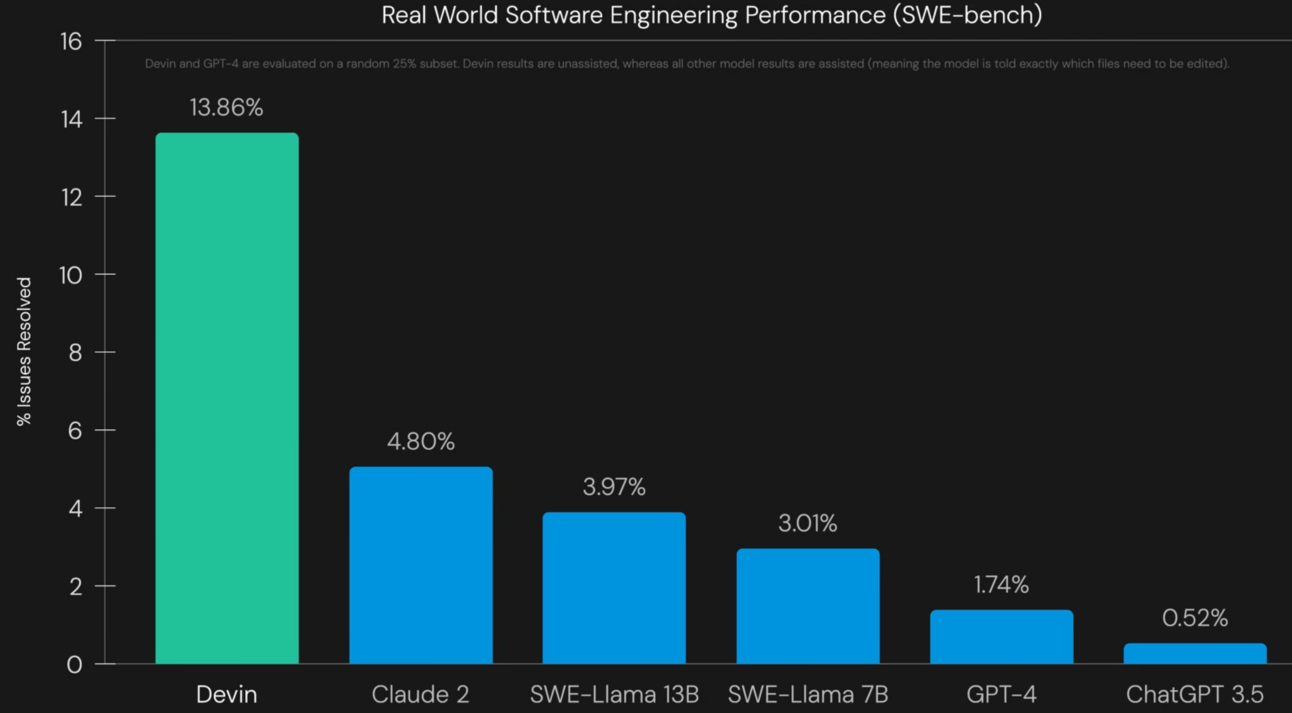
but can Devin do Leetcode?
🥹 Devin, the AI software engineer is capable of full-stack development, signals a massive turning point for developers.
🤖 OpenAI unveils Figure 01, a multifunctional robot capable of recognizing objects, putting away dishes, and using common sense.
🚫 Senate intends to ban TikTok in the U.S. amidst security concerns, with talks of a potential acquisition by U.S. companies.
LESSON
Crypto Mining, Mempools, and Transaction Markets.
Cryptocurrency mining is a foundational aspect of many digital currencies, enabling security, transaction verification, and the introduction of new coins into the system. This lesson provides a succinct overview of key concepts including consensus mechanisms, group mining, mempools, and the transaction market.
Consensus Mechanisms: PoW & PoS:
Cryptocurrencies rely on consensus mechanisms to validate transactions and secure the network. Proof of Work (PoW) and Proof of Stake (PoS) are the most prevalent. PoW, used by Bitcoin, involves miners solving complex problems to mint new blocks, consuming significant energy. PoS, used in Ethereum 2.0, selects validators based on their coin stake, aiming for energy efficiency and potentially reducing centralization risks. Both mechanisms ensure network integrity but differ in execution and environmental impact.
Group Mining:
Given the competitive nature and resource intensity of mining with computational power, particularly under PoW, miners often join pools to consolidate resources. These pools increase their chances of successfully mining a block and receiving rewards, which are then shared among pool members based on contributed computational power. This cooperation makes mining more accessible and economically viable for individuals.
Mempools and Transaction Markets:
Mempools hold all pending transactions across the network awaiting confirmation. New blocks, minted by miners (in PoW) or validated by stakers (in PoS), include these transactions, moving them from the mempool to the blockchain. This creates a transaction market where users can pay higher fees for priority processing, leading to faster confirmation times. The dynamic of the mempool reflects network congestion and transaction urgency, influencing user decisions on transaction fees.

Conclusion:
Understanding cryptocurrency mining, consensus mechanisms, group mining, mempools, and the transaction market offers insight into the operational backbone of digital currencies. These elements ensure network security, verify transactions, and influence the practical and economic aspects of using cryptocurrencies. As the field evolves, so too do these mechanisms, reflecting the ongoing innovation within the cryptocurrency space.
EXAMPLE
Tracking Bitcoin Transactions with Mempool.Space
This example will be for those interested in getting hands-on experience with the Bitcoin ledger and a decentralized marketplace. In this example, I will teach you how to view recently confirmed transactions on the Bitcoin blockchain.
Step 1: Head to mempool.space, an open-source mempool and blockchain explorer that focuses on the transaction market.
Step 2: Select the first block to the right of the dotted line.
This is the most recently minted block on the blockchain.
All blocks to the left of the line are projected blocks, and to the right are confirmed.
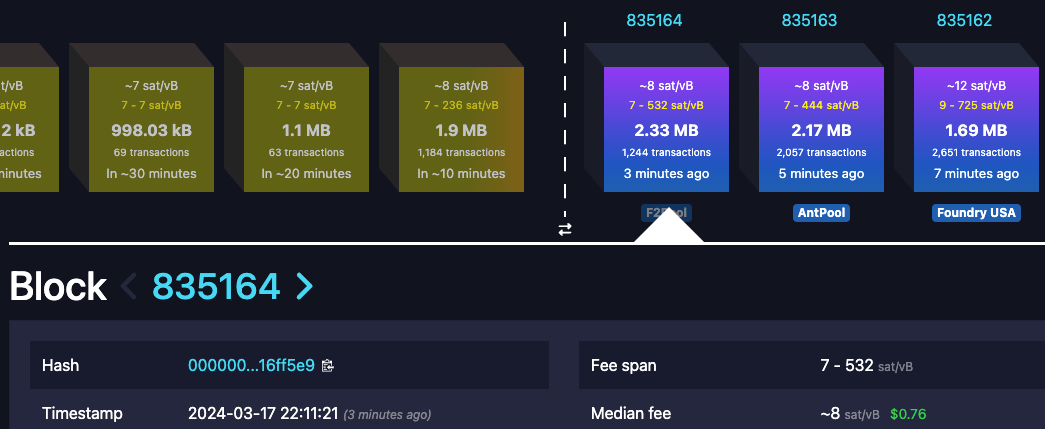
Step 3: Scroll down and read the transactions confirmed on the blockchain.
Great job! Now you have the tools and experience to track the blockchain. For more information on mempool.space check out this short Youtube video.

NETWORK & EDUCATION
Curated Virtual Opportunities 🌐

all from your laptop!
Virtual Networking 🧑🤝🧑
Mar 22 - Reserve free tickets to the Data Virtual Career Fair by rise, open to data-related job seekers.
Virtual Course of the Week 📚
Begin understanding the fundamentals with Udemy’s course Blockchain Cryptocurrency Course 101 for Absolute Beginners.
TOOL SPOTLIGHT
UIverse: Elevate Your Web Design with Responsive UI Elements
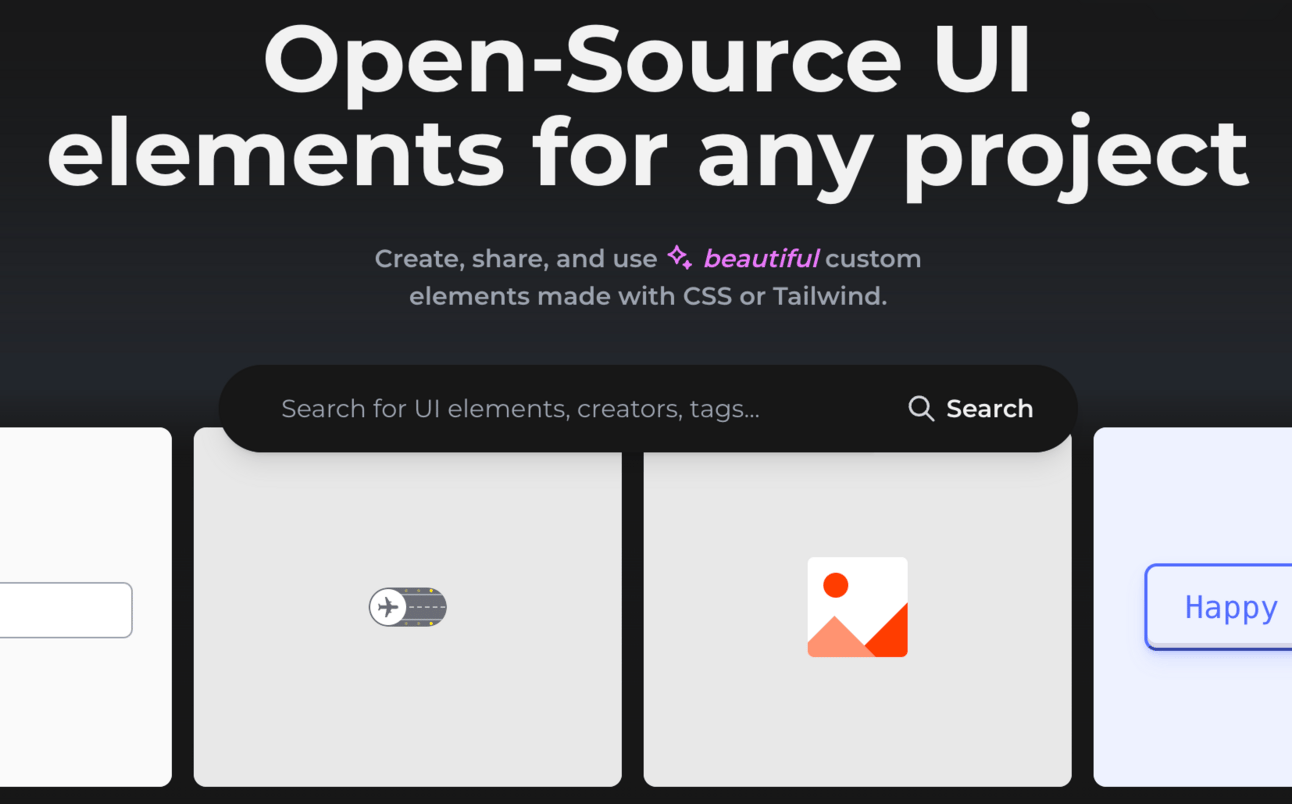
UIverse is an open-source platform with over 3,500 free, customizable UI elements for web and mobile projects. It offers a variety of CSS and Tailwind components, allowing users to easily copy the code of different designs needed for their projects. Catering to both novices and professionals, it simplifies design and development, ensuring visually appealing UIs. The community-driven site encourages sharing and contributions, enhancing its extensive library.
Please Reply to these emails with feedback or any topics you are interested in.
If you don’t believe it or don’t get it, I don’t have the time to try to convince you, sorry.
WRAP UP
See you scholars next week 🧑🎓
This week’s newsletter was incredibly informative to write. As someone who has watched the rise of Bitcoin for the past decade, it was the perfect opportunity to learn the backbone of these decentralized markets. Ultimately, everything runs off money, and the people in the middle are always going to get their cut!
Thanks for reading,
See you Monday!


